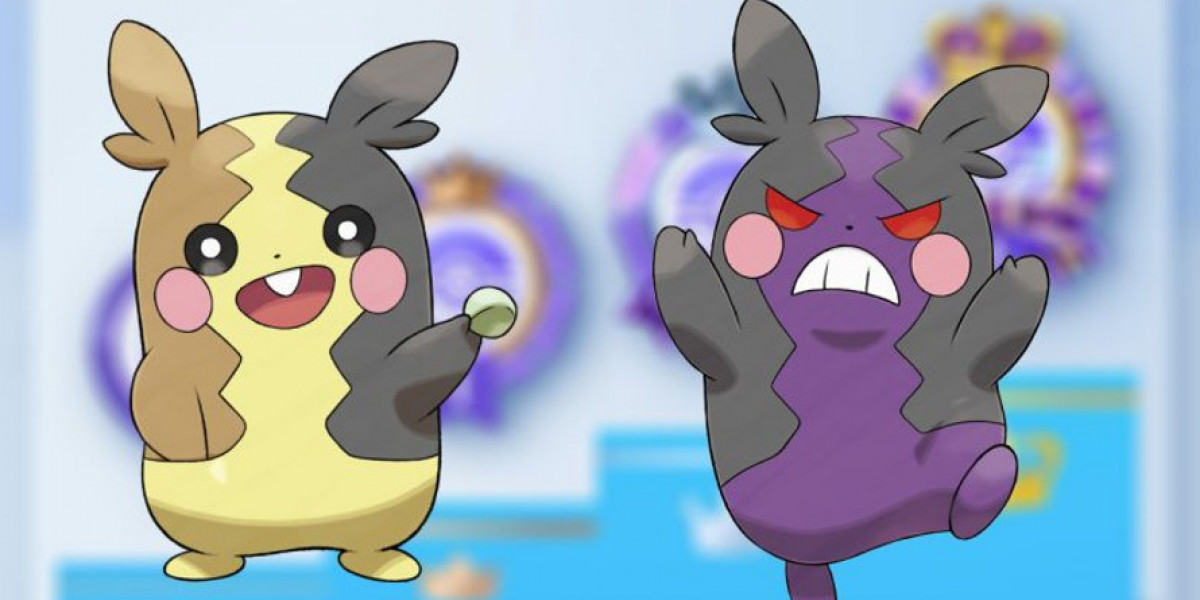Pet anesthesia is a critical part of many veterinary procedures, from surgeries to dental cleanings. It ensures pets stay safe, comfortable, and pain-free during treatment. As a pet owner, understanding the types of anesthesia can help you make informed decisions for your furry friend. This guide explains the different types of pet anesthesia, their uses, risks, and safety measures, with a focus on pet anesthesia and monitoring in Vancouver.
What Is Pet Anesthesia?
Anesthesia is a medical process that uses drugs to prevent pain and keep pets calm during procedures. It can make a pet sleep deeply (general anesthesia) or numb a specific area (local anesthesia). Vets choose the type based on the pet’s health, age, and the procedure. Proper anesthesia ensures pets don’t feel pain and stay still, making treatments safer.
Types of Pet Anesthesia
1. General Anesthesia
General anesthesia puts the pet into a deep sleep, so they don’t feel or remember the procedure. It’s used for major surgeries, like spaying or tumor removal. Vets give it through an injection or gas inhaled through a mask. Pets are closely watched to ensure their heart rate and breathing stay normal.
2. Local Anesthesia
Local anesthesia numbs a small area, like the skin or a tooth, without making the pet sleep. It’s common for minor procedures, such as stitching a cut or removing a small growth. Pets stay awake but feel no pain in the treated area. It’s often safer for older or sick pets.
3. Regional Anesthesia
Regional anesthesia numbs a larger area, like a leg or the lower body. It’s given through an injection near nerves, blocking pain signals. This type is used for procedures like fracture repairs. It allows pets to stay awake or lightly sedated, reducing risks compared to general anesthesia.
4. Sedation
Sedation isn’t full anesthesia but calms pets and reduces anxiety. It’s used for less invasive procedures, like X-rays or grooming. Sedation can be mild or deep, depending on the pet’s needs. Vets often combine it with local anesthesia for better comfort.
How Vets Choose the Right Anesthesia
Vets consider several factors when picking anesthesia:
- Pet’s Health: Blood tests check for issues like kidney or liver problems.
- Age: Older pets may need gentler options like local anesthesia.
- Procedure: Major surgeries require general anesthesia, while minor ones may only need sedation.
- Breed: Some breeds, like brachycephalic dogs (e.g., bulldogs), need extra care due to breathing issues.
Before anesthesia, vets do a full exam and may run tests to ensure safety. They also adjust doses for each pet’s size and condition.
Pet Anesthesia and Monitoring in Vancouver
In Vancouver, pet anesthesia and monitoring in Vancouver follow strict standards to keep pets safe. Vets use advanced tools to track heart rate, oxygen levels, and blood pressure during procedures. Many clinics, like those in Vancouver, have trained staff who watch pets closely from start to finish. Monitoring continues after the procedure to ensure a smooth recovery. Owners receive clear instructions on post-anesthesia care, like limiting activity or watching for side effects.
Risks of Pet Anesthesia
While anesthesia is generally safe, there are risks, especially for older or sick pets. Possible issues include:
- Breathing problems
- Low blood pressure
- Allergic reactions to drugs
- Slow recovery
To reduce risks, vets use modern equipment and tailor anesthesia plans. Pre-anesthesia tests help catch problems early. Always tell your vet about your pet’s health history or past reactions to anesthesia.
Preparing Your Pet for Anesthesia
To prepare your pet:
- Follow fasting rules: Vets usually ask you to withhold food for 8-12 hours to prevent vomiting.
- Share health details: Tell the vet about medications or recent illnesses.
- Ask questions: Understand the procedure and what to expect afterward.
After anesthesia, keep your pet warm, quiet, and comfortable. Follow the vet’s advice on feeding and activity to help them recover quickly.
Why Monitoring Matters
Monitoring is just as important as the anesthesia itself. Vets use devices to check vital signs, ensuring the pet stays stable. In Vancouver, clinics often use pulse oximeters, ECGs, and blood pressure monitors. Trained staff watch for any changes and act fast if needed. Good monitoring lowers risks and helps pets wake up safely.
Choosing a Trusted Veterinary Clinic
When selecting a clinic for anesthesia, look for:
- Experienced vets and staff
- Modern monitoring equipment
- Clear communication about risks and care
- Positive reviews from other pet owners
Visit the clinic beforehand to ask about their anesthesia protocols. A good clinic will explain everything and make you feel confident in their care.
Costs of Pet Anesthesia
Anesthesia costs vary by procedure and pet size. In Vancouver, general anesthesia for surgery may range from $100 to $500, while local anesthesia or sedation costs less, around $50-$200. Monitoring and pre-anesthesia tests may add to the bill. Ask for a detailed estimate before the procedure to avoid surprises.
Tips for Pet Owners
- Learn about the procedure: Know why anesthesia is needed and how it will help.
- Follow vet instructions: Proper preparation and aftercare are key to a safe experience.
- Watch for recovery signs: Contact the vet if your pet seems confused, vomits, or doesn’t eat after 24 hours.
- Choose a reputable clinic: Safety depends on skilled staff and good equipment.
Pet anesthesia is a safe and essential tool when done right. For expert care, trust Homer Animal Hospital, a leader in pet anesthesia and monitoring in Vancouver.
Frequently Asked Questions (FAQs)
1. Is anesthesia safe for older pets?
Yes, with proper precautions. Vets use pre-anesthesia tests and monitoring to ensure safety, especially for senior pets with health issues.
2. How long does it take for a pet to recover from anesthesia?
Most pets recover within 12-24 hours. Full recovery depends on the procedure and the pet’s health. Follow your vet’s aftercare instructions.
3. Can my pet eat before anesthesia?
No, pets usually need to fast for 8-12 hours before anesthesia to prevent vomiting. Always follow your vet’s specific instructions.
4. What are the signs of an anesthesia problem?
Watch for vomiting, confusion, or trouble breathing after the procedure. Contact your vet immediately if you notice these signs.
5. How do vets monitor pets during anesthesia?
Vets use tools like pulse oximeters and blood pressure monitors to track heart rate, oxygen levels, and other vital signs during the procedure.









